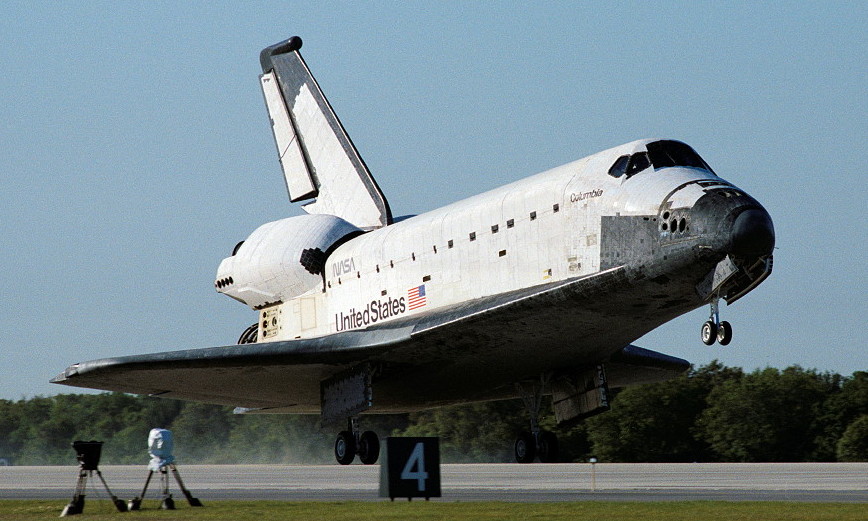c) Columbia
The space shuttle Columbia, named after the historical sailing ship that explored the American Northwest coast, was the first spaceworthy shuttle in NASA’s orbital fleet. Its first mission, STS-1, launched on April 12, 1981, marking a new era in space exploration. Unlike previous spacecraft, the Columbia was reusable, designed for multiple missions. This innovation significantly reduced costs and increased access to space. The shuttle’s missions contributed to numerous scientific and technological advancements, including satellite deployment and the construction of the International Space Station. Columbia’s tragic loss in 2003, during its return from mission STS-107, was a solemn reminder of the risks associated with space exploration. Nonetheless, its legacy endures in the continued pursuit of space travel and research.
